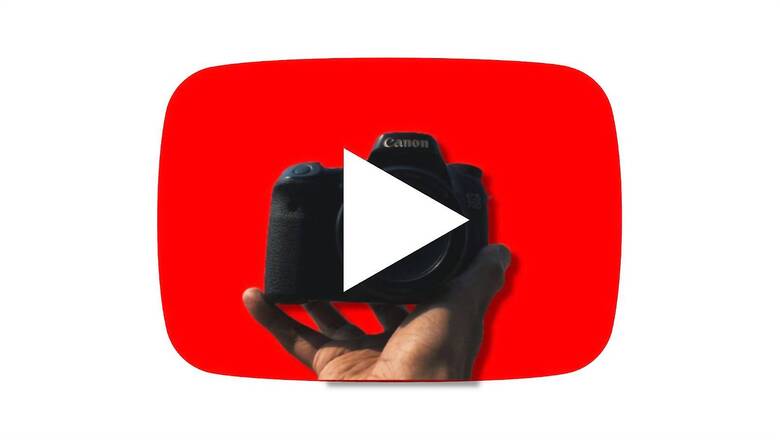
views
The world today is seeing an uprising of content creators spread across a myriad of digital platforms like YouTube, TikTok and Instagram Reels. Now, if you have figured out what content you will put out in the world, that’s only half the job done because a lot of people get overwhelmed by the idea of filming with a camera, lighting, audio gear and learning editing software. To help you figure out which camera to buy, establish a basic lighting setup and how to edit, this guide should come in handy. Read on to understand the technicalities of content creation for platforms like YouTube.
WATCH VIDEO: STARTING A YOUTUBE CHANNEL? 3 SECRET TIPS YOU MUST KNOW
Do You Need An Expensive Camera?
Many people are discouraged by the idea of investing in an expensive camera setup that could cost lakhs, but the reality is that you don’t need the best professional camera that shoots in RAW to start making quality content. However, there are a few key points that you need to remember, especially if you are running things solo:
- Make sure to buy a camera that has good autofocus so that while you film yourself, pulling focus manually doesn’t become a pain.
- The camera you buy should have a screen that flips. Again, keeping yourself composed ideally should be the first priority. So, unless you can see yourself while filming, the job becomes twice as hard.
- Shooting at a high frame rate is getting increasingly popular, ergo, get a camera that at least films in 1080P 60FPS. You will need to shoot at 60FPS and above to achieve that “cinematic" slow-motion look for your B-rolls.
- Your camera must have an input for a mic. Audio quality is just as, if not more important than the video quality. So, keep this a priority while you are finding a new camera.
- Buy a wide lens with a fast (bigger) aperture. Something like Sigma’s 16mm F/1.4 (24mm full-frame equivalent) should help in getting a wider shot with a shallow depth of field.
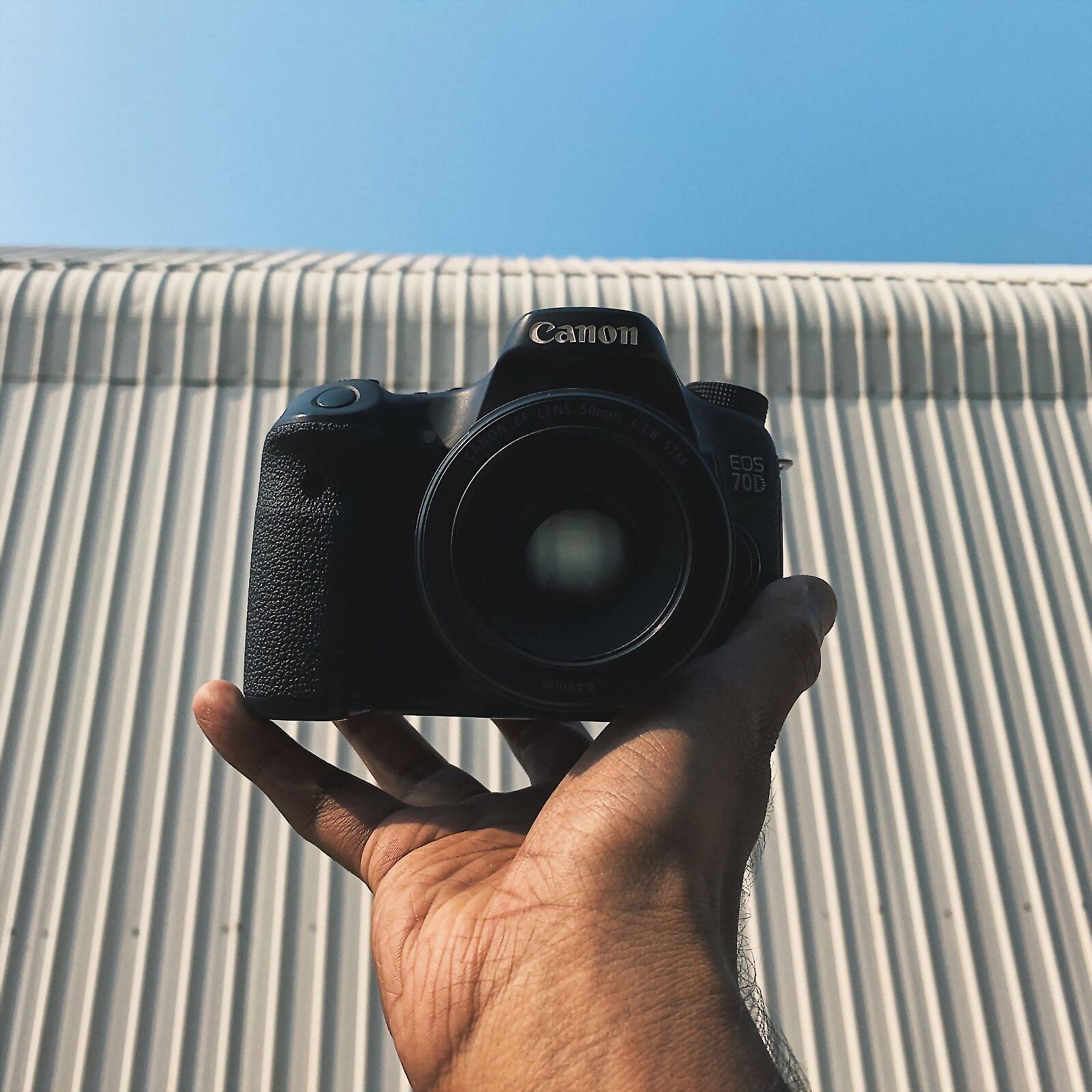
Keeping these features in mind, APS-C camera bodies like the new mirrorless Canon R7/ R10, or the cheaper M50 ii should be ideal. You can also go for the extremely underrated Sony ZV-E10, designed for vloggers in mind. For advanced users, full-frame cameras like Canon R5/R6, Sony A7 IV and A7 SIII should work flawlessly. Understand that lenses are expensive, ergo, if you want to invest in a lens, make sure that you will fully utilize that focal length. There is no point in buying a 600mm telephoto lens, if you don’t shoot wildlife. Similarly, a fish-eye lens isn’t ideal for a basic PTC. Do keep in mind that, spending more doesn’t always necessarily translate to a better image.
WATCH VIDEO: APPLE MACBOOK DISCOUNT YOU CAN’T MISS
Often, you have to update your skillset based on your gear. Imagine what would happen if you gave an Arri Alexa or a Sigma fp to a novice. Well, for starters, pulling focus manually will become a struggle as most cinema-grade cameras don’t come with an autofocus system at all and you will need terabytes of storage media. So, don’t fall for the hype and only choose a gear if you think you’d be comfortable with it, or if you are willing to up-skill.
Audio is King
It has been observed that the majority of new content creators completely disregard the audio when it comes to making videos. It can’t be stressed enough that audio quality is paramount for your videos. In fact, you can even get away with shooting on your smartphone, but having a good microphone in your arsenal will surely pay dividends.
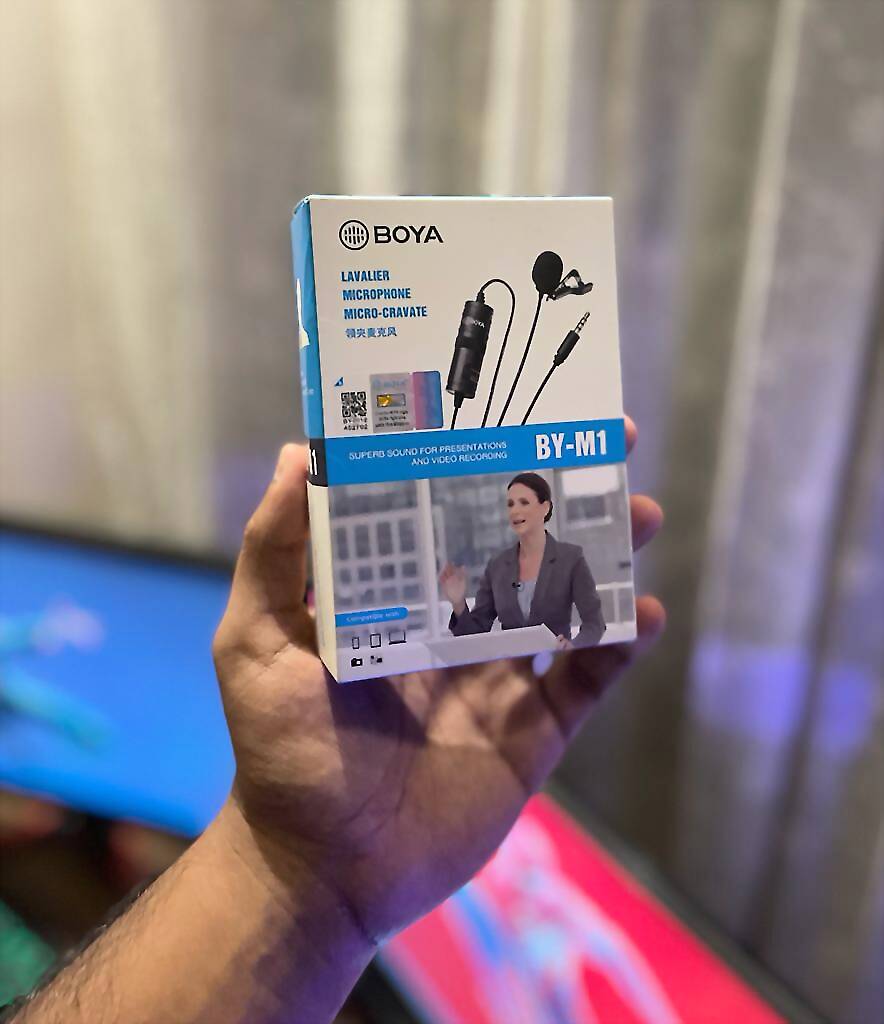
Depending on the content that you create, you can choose between a shotgun, lavalier and a condenser mic. Shotgun mics are great for on-the-go types of content like vlogs and documentaries, while a condenser mic would be appropriate for something like a podcast. So, do extensive research before you buy a mic. You can even get started by buying a cheap mic like the BOYA BYM1.
Do You Need Lights?
For professional-grade work like high-fashion portraiture, videos and commercial shoots, having the best lighting gear always works in your favor. A well let photo or video will always look infinitely better than, say, something that was shot in bright sunlight.
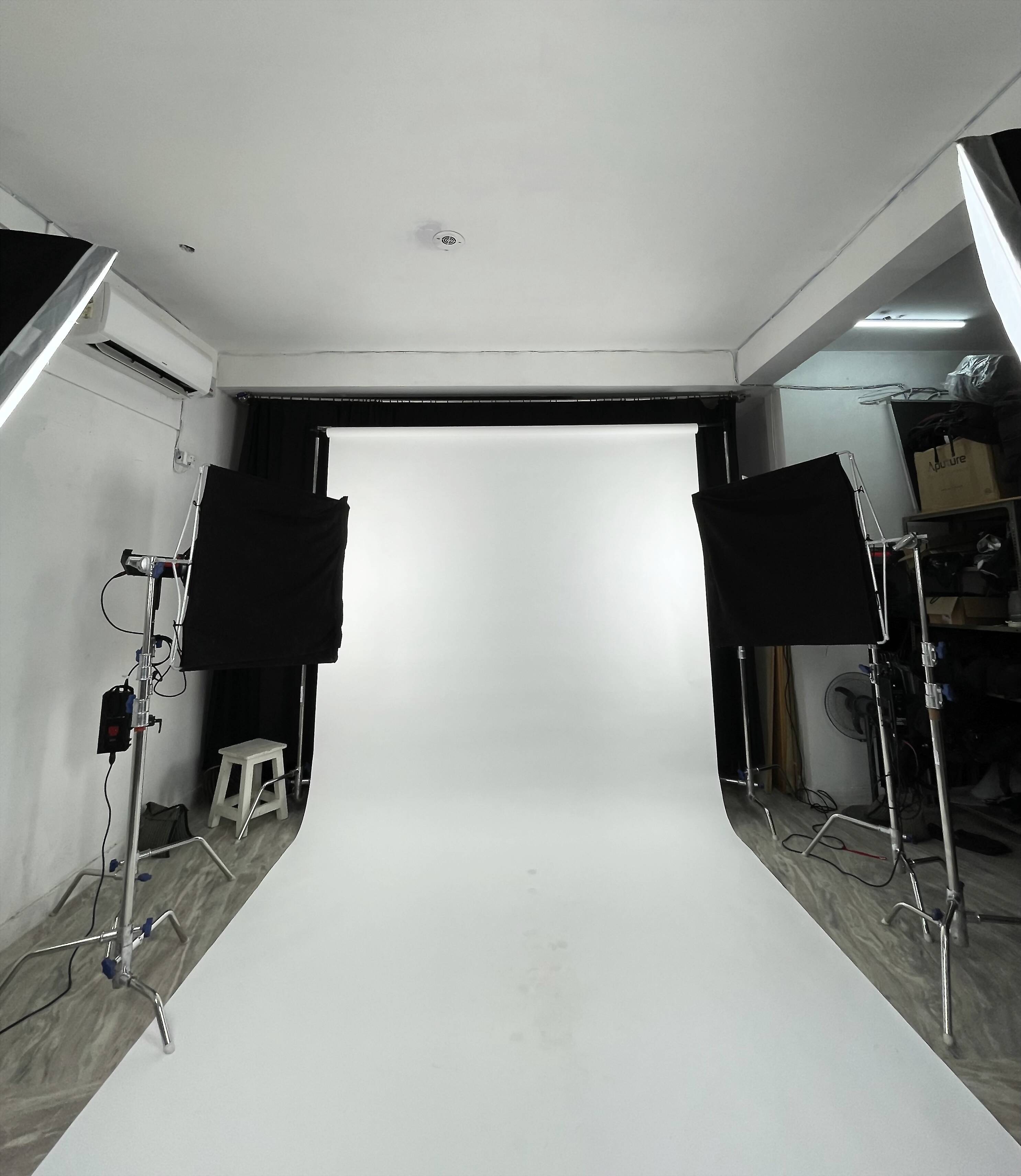
However, for solo creators, it is not always the best idea to always shoot using a 3-point lighting setup due to the time it takes for the setup, operation and general ease of use. Often, you will be able to get away with just a key light, with something like a white piece of chart paper to reflect light for the fill. You can also use naturally soft light sources like windows to achieve a pleasantly lit shot.
Editing Separates The Good From The Great
Editing is just as big an art form as something like cinematography. It gives you the power to compile powerful narratives, make pieces more energetic, and of course, add oomph to an already great content piece. To get started, you can practice cutting by using free software like iMovie but if you are serious about your workflow, Adobe Premiere Pro, Final Cut Pro X and Blackmagic DaVinci Resolve are going to come in clutch.
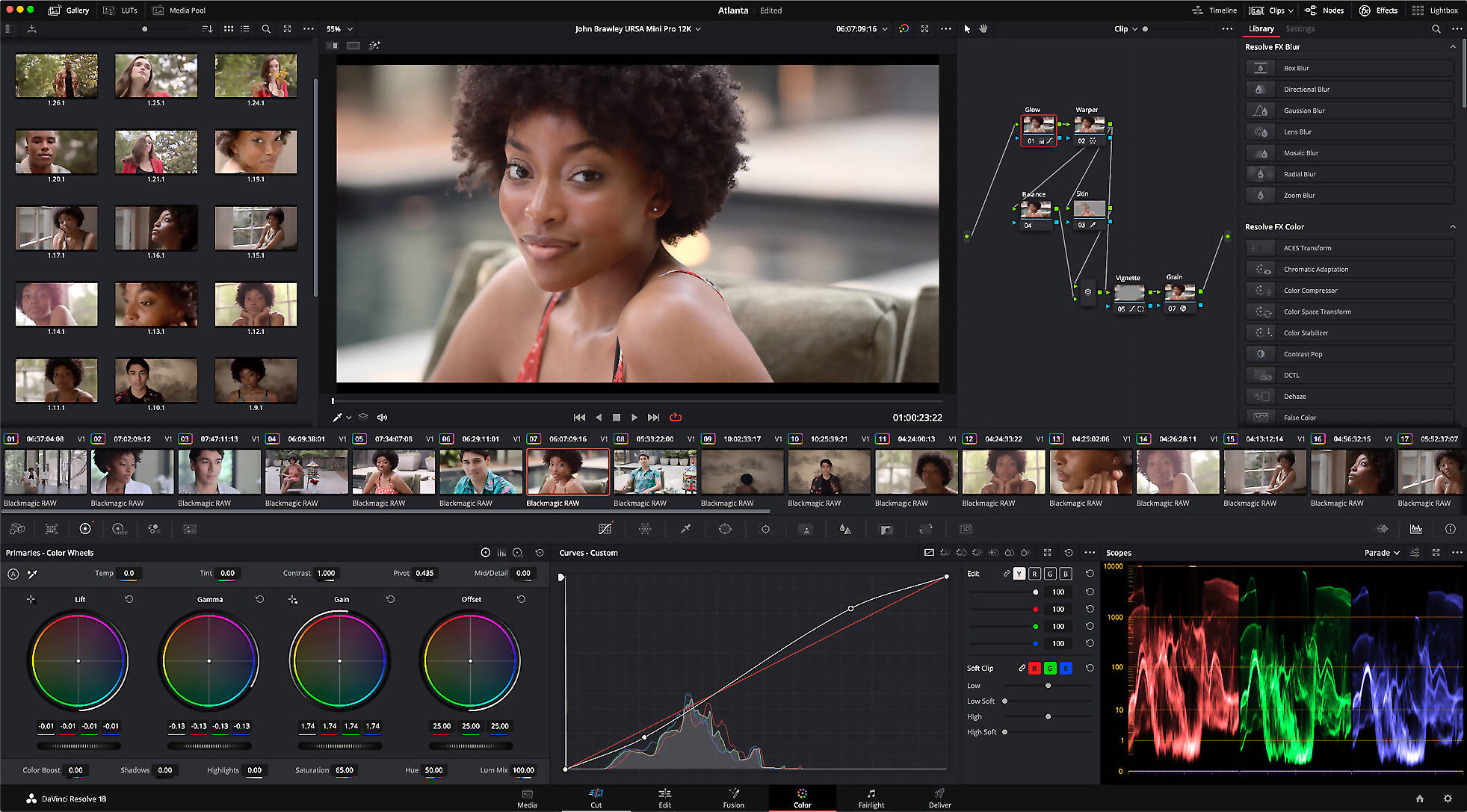
As of writing this, the base version of DaVinci Resolve is free, and for most creators, it is plenty powerful to get things done. Some of the most famous creators on YouTube like Sam Kolder have switched to Resolve for its node-based editing system and powerful colour grading tools.
If you belong to the other end of the spectrum and mobile editing is your preferred way of getting things done, powerful apps like LumaFusion, VN editor, and Filmora Go are more than capable.
WATCH VIDEO: This Pen Drive Supports iPhone, Android, Windows And Even Mac
Technicalities will always be a part of content creation and one can’t ignore it. However, it is vital to just get started. It is easy to be swayed by the overwhelming options when it comes to gear, but if you think clearly, understand your production’s needs and keep in mind the details shared in this piece, things are surely going to become easier for you. Happy creating!
Read the Latest News and Breaking News here


















Comments
0 comment